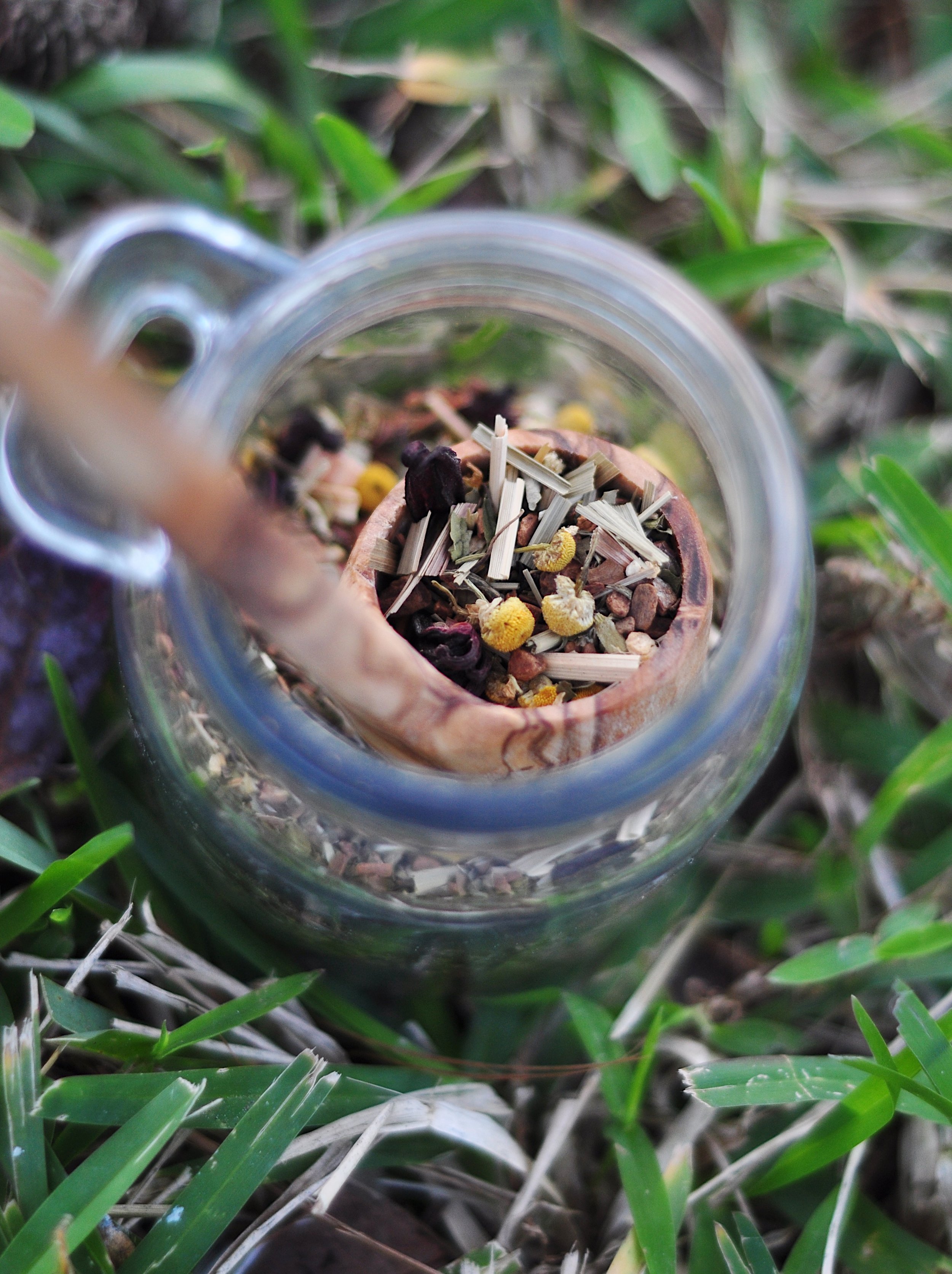Sabias de los beneficios que trae el “Baño de Bosque”?. Baño de Bosque o La Terapia de Bosque es una práctica relacional que lleva a las personas a una intimidad más profunda con los lugares naturales. Y uno de esos lugares naturales es nuestro yo natural; es una práctica que encierra la posibilidad de reencontrarnos con el núcleo de lo que somos, de lo que nacemos para ser y de cómo estamos destinados a servir en el mundo. También es importante reconocer cómo la práctica apoya todos los aspectos de nuestro bienestar. Hay muchos beneficios maravillosos para la salud atribuidos a la terapia forestal, que incluyen una función inmunológica mejorada, una mejor salud cardiovascular y respiratoria, restauración de la atención y una reducción del estrés y la depresión.
“Forest Therapy” está inspirada en la práctica japonesa de Shinrin-Yoku, que se traduce como "baño de bosque". Los estudios han demostrado una amplia gama de beneficios para la salud, especialmente en los sistemas cardiovascular e inmunológico, y para estabilizar y mejorar el estado de ánimo y la cognición. Nos basamos en esos beneficios y miramos más allá, a lo que sucede cuando las personas recuerdan que somos parte de la naturaleza, no estamos separados de ella, y estamos relacionados con todos los demás seres de manera fundamental. La Terapia de Bosque es una práctica.
Esa práctica la llevo desde el año pasado, y no solo ha beneficiado mi salud fisica y mental, me ha llenado de creatividad de una manera distinta. Mi arte ha cambiado, pues mi arte es un reflejo de mis experiencias. Como he escrito en otras ocasiones, me diagnosticaron con “Autoimmune disease”, una condición que padecen un amplio porcentaje de mujeres en el mundo. Hacer mi práctica con la naturaleza ha sido mi escape #1.
Experimentar los beneficios que trae esta practica, me llevo a certificarme como guia de Terapia de Bosque por la ANFT, estoy terminando el proceso. Esto se le añade a mi certificación de Eco-terapia y añade a mi conocimiento en artes expresivas. Combinar estas técnicas con el proceso creativo, para mi, es la mejor combinación. Espero en el futuro compartir con ustedes estos beneficios, así que pendientes a mi página!!
Un abrazo!!






